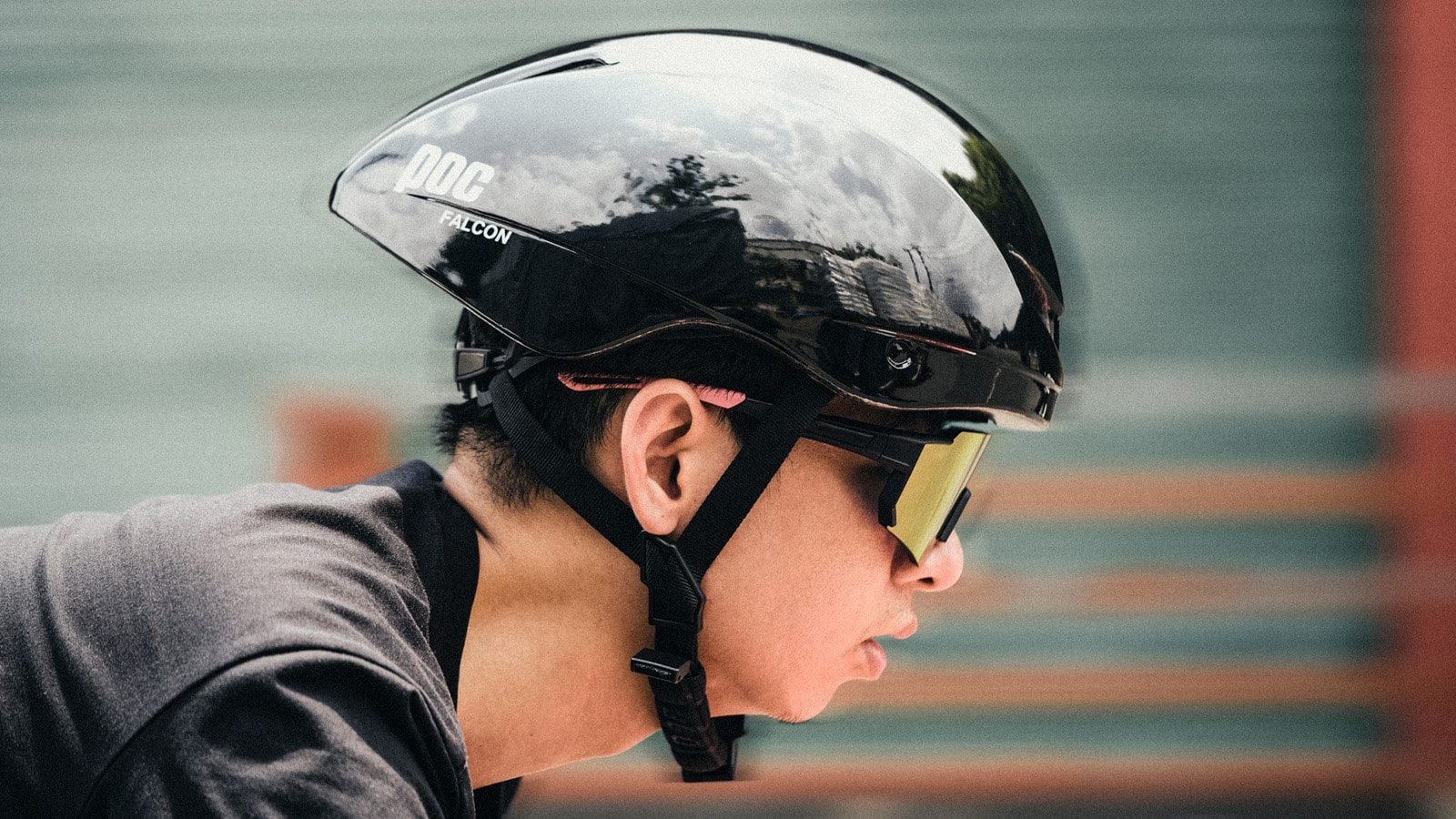Helmets are essential safety gear for a variety of activities, from cycling and motorcycling to sports and construction work. While the outer shell of a helmet is designed to protect the head from external impacts, the padding inside the helmet plays a crucial role in absorbing shock and ensuring comfort. Understanding the different types of helmet padding is essential for choosing the right helmet for your needs. In this article, we will explore the various types of helmet padding, their materials, and how they contribute to both safety and comfort.
The Role of Helmet Padding
Before diving into the types of helmet padding, it’s important to understand its purpose. Helmet padding serves two primary functions:
- Impact Absorption: Helmet padding helps to absorb and distribute the energy from an impact, reducing the risk of head injuries. The padding works alongside the helmet’s outer shell to mitigate the force of a collision and protect the skull and brain.
- Comfort and Fit: Padding provides cushioning inside the helmet, ensuring a snug, comfortable fit. A good fit is crucial for both safety and comfort, as it prevents the helmet from shifting during activity and reduces the likelihood of discomfort from prolonged wear.
Now that we know the importance of helmet padding, let’s look at the different types and materials used in modern helmets.

1. EPS Foam Padding (Expanded Polystyrene)
One of the most common types of helmet padding, EPS foam is widely used in cycling, motorcycling, and sports helmets. EPS foam is a lightweight material that effectively absorbs shock and impacts. It works by compressing upon impact, which helps to dissipate the force and protect the head.
Advantages of EPS Foam Padding
- Lightweight: EPS foam is lightweight, which contributes to the overall lightness of the helmet, making it more comfortable to wear for extended periods.
- Impact Absorption: EPS foam excels at absorbing impact energy, reducing the force transmitted to the skull and brain during a collision.
- Cost-Effective: EPS foam is an inexpensive material to manufacture, making it a cost-effective choice for many helmet types.
Disadvantages of EPS Foam Padding
- Non-Retentive: EPS foam is a single-use material. Once it has been compressed by an impact, it cannot be reused, which means the helmet may need to be replaced after a significant crash.
2. EVA Foam Padding (Ethylene Vinyl Acetate)
EVA foam is another popular material used in helmet padding. EVA foam is soft and flexible, providing a cushioned fit while maintaining excellent shock absorption properties. It is commonly used in sports helmets, including those for skateboarding, football, and snowboarding.
Advantages of EVA Foam Padding
- Comfortable Fit: EVA foam offers a softer and more flexible padding material, which provides a comfortable and snug fit inside the helmet.
- Durable: EVA foam retains its shape over time, making it suitable for long-term use. Unlike EPS foam, EVA foam doesn’t compress permanently upon impact, allowing it to maintain its cushioning properties for multiple uses.
- Mild Impact Protection: EVA foam provides adequate protection for low- to medium-impact activities, making it ideal for sports helmets.
Disadvantages of EVA Foam Padding
- Less Effective for High-Impact Crashes: While EVA foam offers good cushioning, it is generally less effective than EPS foam at absorbing high-impact forces, which makes it less suitable for high-speed activities like motorcycling.
3. MIPS (Multi-directional Impact Protection System)
MIPS is a relatively recent innovation in helmet safety. MIPS is not a padding material itself, but rather a technology integrated into the helmet to enhance impact protection. The MIPS system consists of a low-friction layer that allows the helmet to rotate slightly upon impact, reducing the rotational forces that can cause brain injuries.
While MIPS is not technically a type of padding, it is often used in combination with traditional padding materials like EPS foam to enhance the overall safety of the helmet. This technology is particularly useful for reducing the risk of rotational injuries, which can occur when the head twists or rotates upon impact.
Advantages of MIPS
- Reduces Rotational Forces: MIPS is specifically designed to mitigate the rotational forces that can cause brain injuries, making it a valuable addition to helmets used in high-impact sports or activities.
- Compatible with Various Padding Materials: MIPS can be integrated with EPS foam, EVA foam, or other types of padding to enhance the helmet’s overall performance.
Disadvantages of MIPS
- Increased Cost: Helmets with MIPS technology tend to be more expensive than those without, making them less budget-friendly.
- Slightly Increased Weight: The addition of the MIPS layer can add a small amount of weight to the helmet, though this is generally not noticeable to the wearer.
4. Memory Foam Padding
Memory foam is a type of padding that conforms to the shape of the wearer’s head over time, providing a customized fit. This material is often used in higher-end helmets, particularly for motorcyclists and cyclists, as it offers both comfort and safety.
Advantages of Memory Foam Padding
- Custom Fit: Memory foam adapts to the shape of the head, providing a personalized fit that increases comfort and reduces pressure points.
- Durability: Memory foam is durable and can withstand long periods of use without losing its shape or cushioning properties.
- Comfort: Memory foam is often regarded as one of the most comfortable padding materials, making it ideal for long rides or extended wear.
Disadvantages of Memory Foam Padding
- Cost: Helmets with memory foam padding tend to be more expensive, as the material is considered premium.
- Limited Impact Absorption: While memory foam provides excellent comfort, it is not as effective at absorbing high-impact forces as EPS foam, making it more suitable for lower-impact activities.
5. Gel Padding
Gel padding is another modern innovation in helmet technology. Gel pads are soft, flexible, and provide a high level of comfort. They are often used in combination with other materials to enhance the overall fit and cushioning of the helmet.
Advantages of Gel Padding
- Comfort: Gel padding provides a plush and comfortable fit, which is especially beneficial for long durations of use.
- Shock Absorption: Gel padding excels at absorbing and dispersing impact forces, making it ideal for helmets used in high-impact sports and activities.
- Moisture Wicking: Many gel padding systems include moisture-wicking properties that help keep the wearer cool and dry.
Disadvantages of Gel Padding
- Heavier: Gel padding can add a small amount of weight to the helmet, which may be a consideration for some users.
- Expensive: Helmets with gel padding are typically more expensive due to the added cost of materials and manufacturing.
6. Air Padding
Air padding is a unique type of helmet padding that uses inflatable air bladders to provide a customizable fit. This system allows the wearer to adjust the padding by inflating or deflating the air bladders, ensuring a precise fit that conforms to the individual’s head shape.
Advantages of Air Padding
- Customizable Fit: Air padding systems allow for a fully adjustable fit, ensuring that the helmet is as comfortable and secure as possible.
- Good Ventilation: Air padding systems can improve ventilation, helping to regulate temperature and moisture within the helmet.
- Lightweight: Air padding is lightweight, which can help reduce the overall weight of the helmet.
Disadvantages of Air Padding
- Potential for Air Leaks: If the air bladders become punctured or damaged, the helmet’s fit and comfort can be compromised.
- Complexity: The air padding system can be more complicated than traditional foam padding, making it more difficult to repair or replace if necessary.

Conclusion: Choosing the Right Helmet Padding
The right helmet padding can significantly enhance both safety and comfort, making it an essential consideration when selecting a helmet. From the shock-absorbing qualities of EPS foam to the comfort of memory foam and the customizable fit of air padding, each type of helmet padding has its unique benefits.
When choosing a helmet, consider the activity you will be engaging in, the level of protection you need, and your personal comfort preferences. Helmets with advanced padding systems, such as MIPS or memory foam, provide additional safety and comfort, but they may come at a higher cost. Ultimately, finding the right helmet padding will ensure that you stay safe, comfortable, and protected during your chosen activity.


